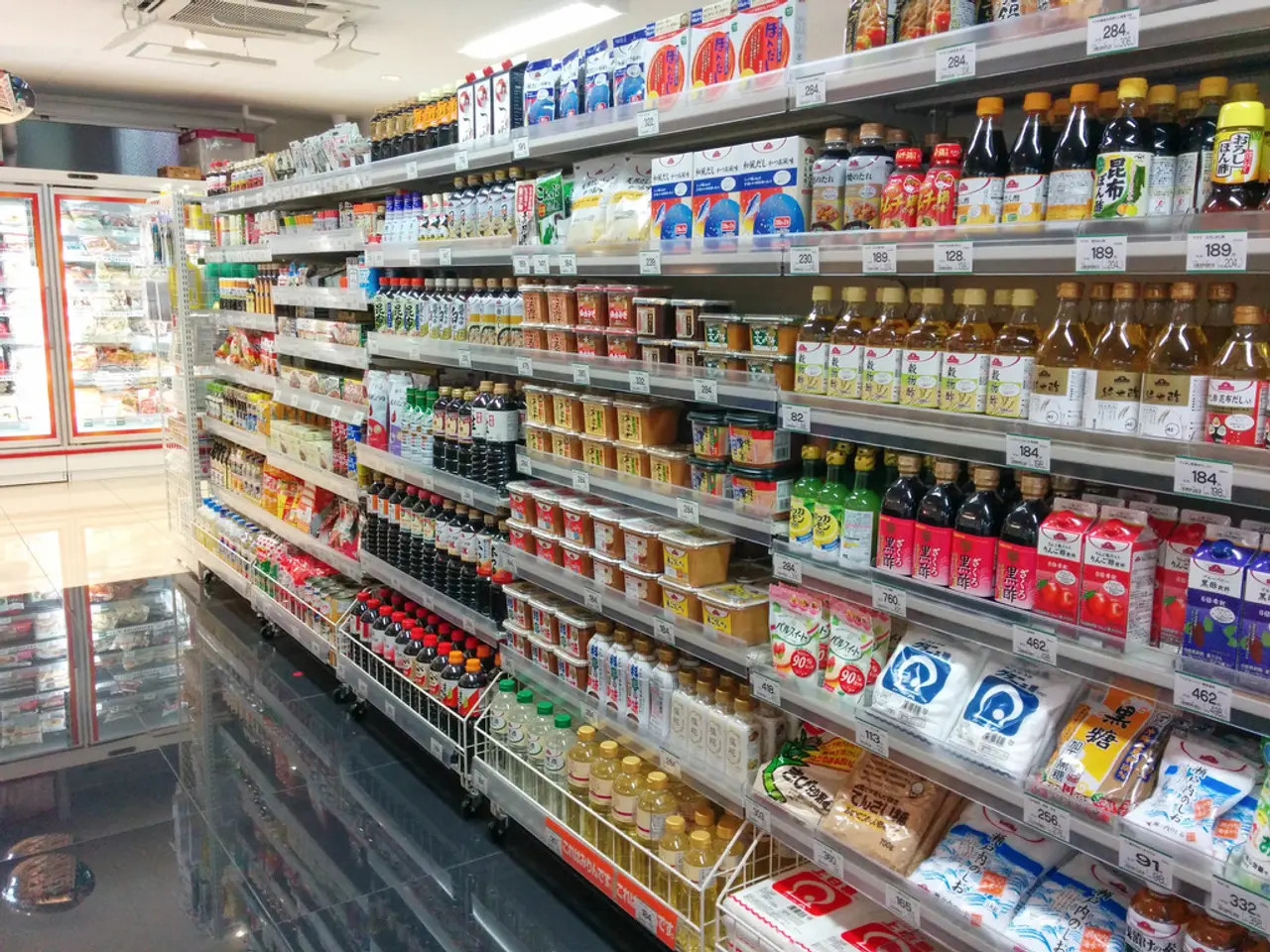Breaking Down Data Barriers: Key to Thriving in Volatile Supply Chains
Breaking down data barriers is crucial for organizations to thrive in today's volatile supply chain landscape. Companies are facing challenges from geopolitical tensions, climate disruptions, and cyber threats, making real-time data processing and analysis a necessity. However, many are still struggling with data silos and legacy systems that hinder swift decision-making.
Leading tech giants like IBM, SAP, Oracle, and Microsoft are at the forefront of addressing these issues. They offer unified and flexible data architectures for supply chain management, utilizing cloud-based platforms, AI analytics, and IoT integration. These solutions enable real-time processing and analysis of data from diverse sources, amplifying human judgment and providing comprehensive intelligence.
Currently, departments scramble to correlate information manually, leading to delays and inefficiencies. Modern supply chains demand near-instantaneous visibility, requiring architectural resilience for real-time data processing and contextualization. Companies that can transform fragmented information into split-second decisions will be the ones to survive the next decade, not those with the most data.
Data silos persist due to organizational structure, acting like 'digital tumors' throughout enterprise architectures. Legacy reporting systems deliver month-old insights, which are supply chain death sentences in today's fast-paced environment. To thrive, companies must break down these barriers and tap into the vast reservoir of unstructured data, which is currently underutilized. By doing so, they can gain actionable intelligence and build resilience against supply chain disruptions.








